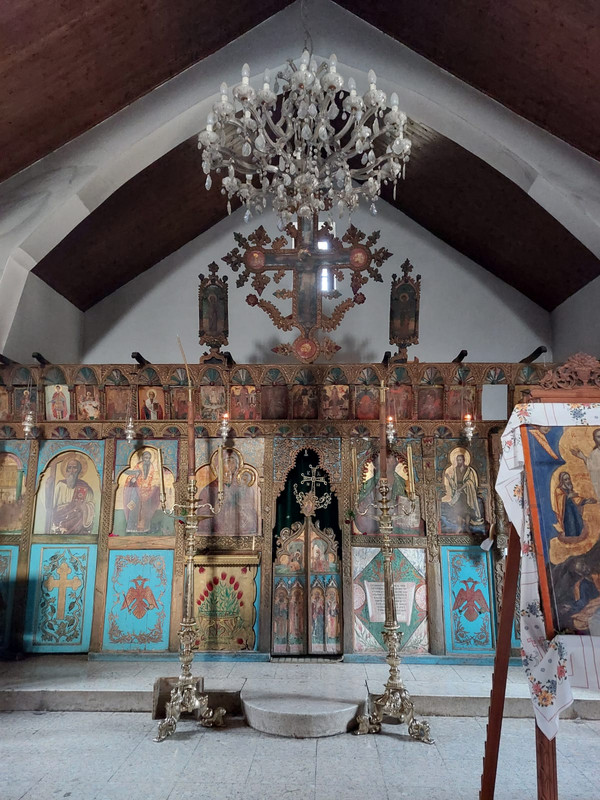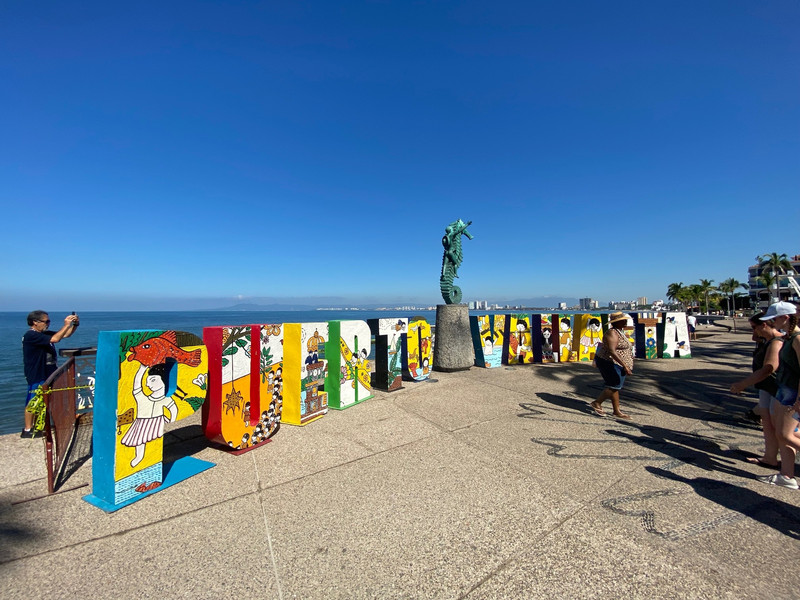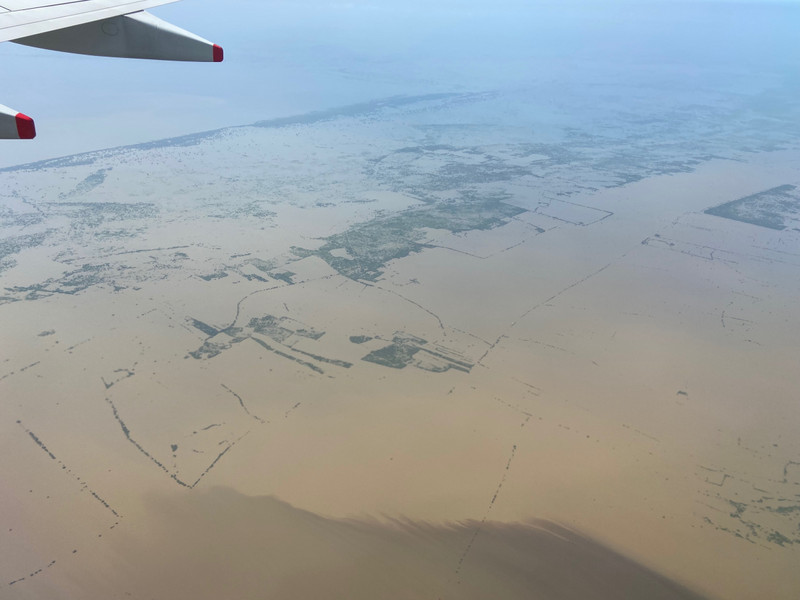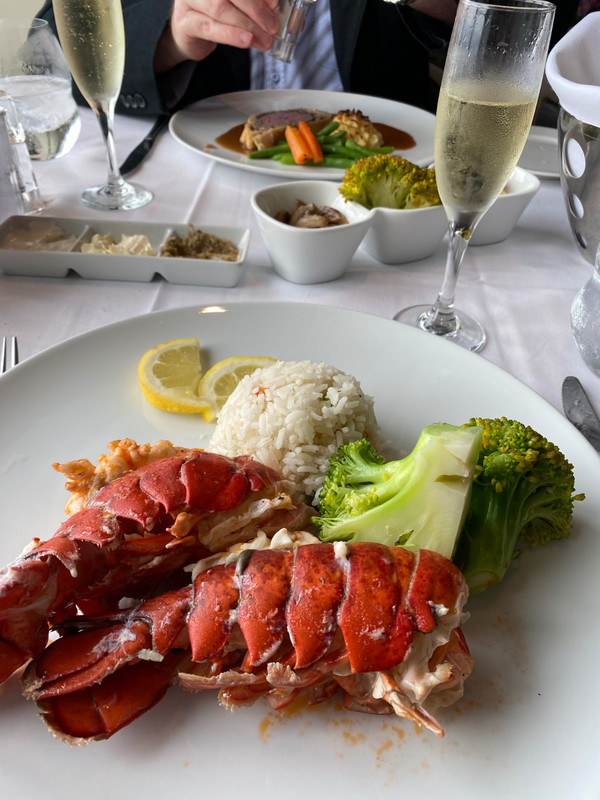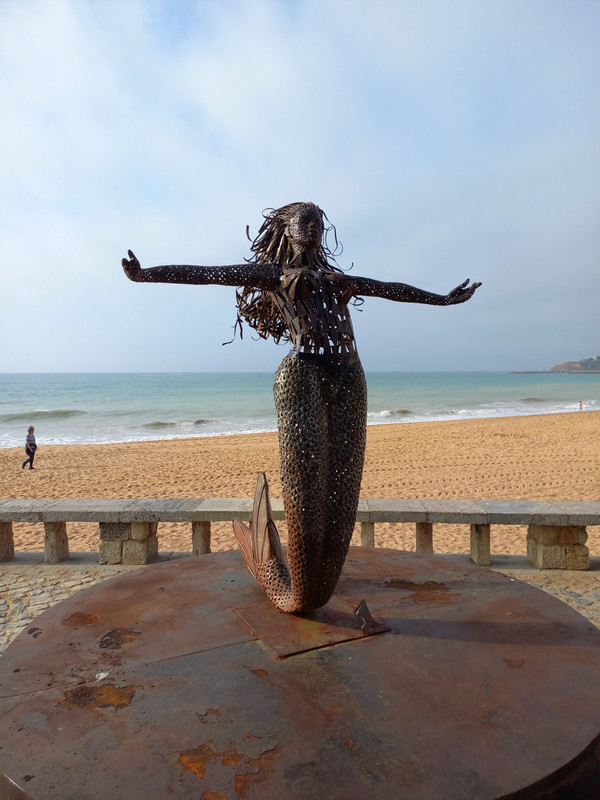Sorry about the technical difficulties with the last blog. I panicked when I realised that I was seeing & doing so much that the blog would go on forever and I would never get to the end so I decided to split it and post one straight away. Hence the chaos! I intend to stay calm and try harder this time, lets see if that happens.
The first 3 pictures are of Kakapetria in the Troodos region which should have been in the last blog.
I called the last blog Complex and Surprising Cyprus. Complex because of the history, ancient and modern which has resulted in a divided island and surprising because although small it has a mix of areas ranging from traditional villages, towns, tourist resorts, cities, forests, mountains, gorges, beaches, and ‘alpine type villages where you can enjoy snow sports in the winter. Truly something for everyone, including birders!
1191 Richard the Lionheart is shipwrecked at Limassol and conquers Cyprus only to sell it a year later to the Knights Templar
1192 Guy de Lusignan (French) takes Cyprus from the Knights Templar and the island prospers for nearly 300 years under the Lusignan dynasty
1914 Britain offers Cyprus to Greece as an incentive to support Britain in WW1 but Greece declines to remain neutral
1955 EOKA is founded, after guerrilla warfare Archbishop Makarios the first President of an independent Cyprus
1963. First Green Line drawn in Nicosia to separate Greek & Turkish Cypriots because of unrest and violence
1974 Turkish army invades, takes the Northern third of island. Makarios continues as President of Greek Cyprus. Island remains divided to present although Northern Cyprus is not acknowledged by most countries.
2003 Cypriots from both sides are allowed to cross the border through check points for the first time since 1974
As I Very similar to Malta which was a crossroads in the Mediterranean but to me it seems that despite their troubled history Cyprus has retained a much stronger culture and identiTy which in some ways is still shared by the divided Greek and Turkish Cypriots.
But back to where I ended the last blog, in Paphos. The plan was to travel from there into North Cyprus to see Famagusta old town (now called Gazimagusa in Turkish) and the ruins of Ancient Salamis close by. I knew that Cyprus has been divided
in two since Turkey invaded in 1974, that the UN monitor and police the buffer zone and that it was only in 2003 that people were allowed to cross the buffer zone, or Green line, from one country to the other. Understandably feelings are still strong on both sides but I had not appreciated what this meant ‘on the ground.
When I started to plan a route I soon found that it was not going to be as easy as I thought. I met the reality of a divided island head on. I couldnt find clear information about where to cross apart from the pedestrian only at Ledra Street in Nicosia. There are more crossing points including some for cars but they are hard to track down as seems to want to mention them. In fact, even working out exactly where the border is, is difficult. It all seems to be hidden in a fog of avoidance. Gathering information about transport in the North seems impossible in the Republic of Cyprus so I decided to go and work it out en route.
to Nicosia, crossed at the pedestrian border crossing at Ledra street and looked in my passport for the visa paper that I had been warned to hold on to otherwise I would not be allowed to leave North Cyprus. There was nothing there. So I asked the officer if a needed a paper, he consulted his more senior English speaking colleague who said ‘why do you want a paper. I explained I thought it was necessary but he shooed me away saying, ‘all electronic.
